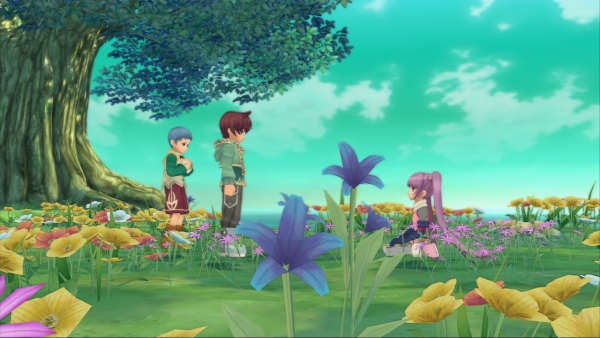Design Problem - Rough three sketches
The three sketches below:
Three sketches for game covers. Personal sketch by Stephanie M. 17 March 2013.
Design principle: Emphasis and Focal Point (contrast and
placement?)
Design elements: Color (complementary/emotional?)
Value (emphasis/contrast?)
1. One idea was to have a spy game where an androgynous (most
likely female, but making it not a main focus) character who travels the world attempting
to become a master of disguise and has to learn about places and people in
order to do so.
2. The second idea was to have a very normal girl (a
more realistic looking girl to promote body image) strive to protect her friend
using her book smarts to save the day. Tentatively, it would be about fairies
and would involve research on folklore and things such as flowers and herbs.
The main character is very curious, head-strong and loves books.
3. The third idea was to have a fantasy adventure type game
where the main character is a girl questing across the lands with her best
friend saving innocents, fighting ‘monsters’, and looking for the mysterious
floating castle.
Out of these three concepts it boiled down to
two:
- make an androgenous character and focus
on a neutral character both genders could like
- make a more positive feminine character,
but risk losing the male audience.
For the purpose of the design problem, the princess design was chosen in order to focus more on a positive and obvious female main character.































